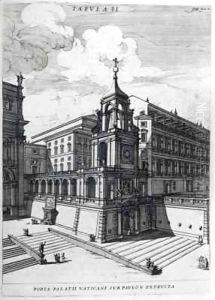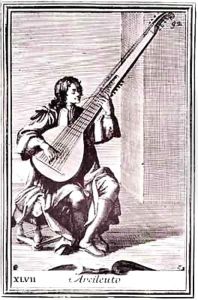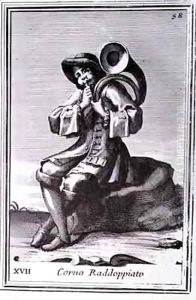Filippo Bonanni Paintings
Filippo Bonanni, also known as Philippo Bonanni or Buonanni, was an Italian Jesuit scholar and one of the most notable figures in the field of conchology (the study of shells) and in the early development of the science of entomology. He was born on January 7, 1638, in Rome, and entered the Society of Jesus in 1654, dedicating his life to scholarly pursuits within the order.
Bonanni initially studied humanities and philosophy in Rome, and later, after being ordained as a priest, he taught grammar and humanities. His interests were wide-ranging, encompassing the natural sciences, music, and the arts. In 1698, he became the curator of the Kircherian Museum in Rome, founded by his predecessor, the Jesuit scholar Athanasius Kircher. This museum was an important center for the study of natural history and contained many curiosities and wonders of the natural world.
Bonanni is perhaps best remembered for his contributions to natural history through his meticulous illustrations and descriptions of various species. His two most significant works are 'Ricreatione dell'occhio e della mente' (Recreation for the Eye and Mind), published in 1681, which documented the museum’s collection, including shells, fossils, and other natural history specimens, and 'Micrographia Curiosa', published in 1691, which was one of the earliest works to use a microscope in the study of natural objects. These works were influential in disseminating knowledge of natural history and the use of the microscope to a wider audience.
His 'Observationes circa viventia, quae in rebus non-viventibus reperiuntur' (Observations on Living Things Found in Non-Living Things), published in 1691, was also significant as it provided one of the earliest attempts to classify shells and other small creatures. Bonanni was also interested in the possibilities of taxonomy and classification, a pursuit that would later be greatly advanced by Carl Linnaeus.
Despite his scientific interest, Bonanni remained a man of his time, and his work often mingled empirical observation with elements of the curious and the marvelous. His approach was that of a natural philosopher who sought to understand the divine through the natural world, which was a common perspective among scholars of the 17th century.
Filippo Bonanni passed away on March 30, 1725, in Rome. His legacy resides in his detailed illustrations and descriptions of natural phenomena, which provided a foundation for future naturalists and his pioneering use of the microscope for scientific observation.


